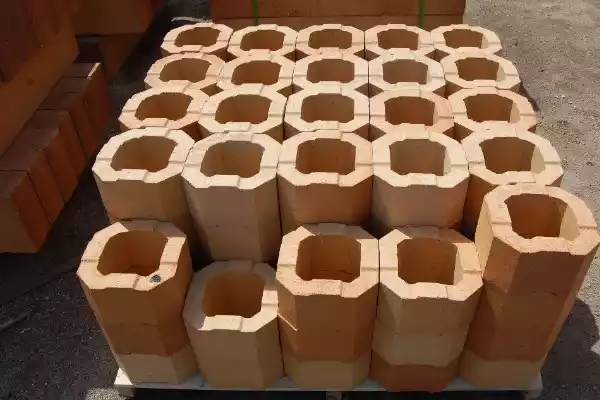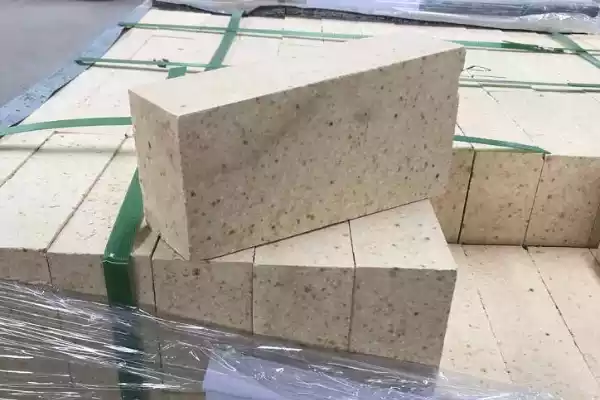Que se passera-t-il lors de la production de briques réfractaires en alumine?
Dans le processus de production des briques réfractaires en aluminium, Il y aura des produits défectueux. En outre, Si la technologie de production de briques réfractaires n'est pas maîtrisé, Cela conduira à de mauvais phénomènes dans la production par lots pendant le processus de production. Voici quelques phénomènes indésirables courants dans le processus de production des briques en aluminium et leurs causes.

Quels problèmes surviendront dans le processus de production des briques réfractaires en aluminium?
Que se passe-t-il lorsque les briques réfractaires en aluminium sont sous-fiches?
La sous-fiche est causée par une température de tir insuffisante, temps de maintien insuffisant, ou fuite d'air froid. Dans des circonstances normales, Les briques à haute alumine sous-alimentaires ont une faible résistance mécanique, liaison lâche, Sound bas lorsqu'il est frappé, Facile à endommager lorsqu'il est transporté, et une mauvaise performance à haute température et une résistance à la corrosion.
Quels problèmes se produiront lorsque les briques réfractaires en aluminium seront sureuses?
La surchauffe est un problème causé par la température de tir étant trop élevée, Le temps de maintien est trop long, ou la flamme en contact directement la surface de la brique. En général, Les briques d'alumine élevées sureuses ont une résistance mécanique élevée, Porosité apparente faible, Retrait de grande taille, grande déformation du corps en brique, combinaison trop serrée, vitrification sévère, Brandir lorsqu'il est frappé, et une mauvaise résistance aux chocs thermiques. Cependant, Lorsque les matières premières contiennent des impuretés à haute transition en oxyde de métal telles que le FEO et le TIO, La surclassage peut également provoquer la mousse de briques à haute alumine, entraînant une diminution de la densité, Une augmentation de la porosité apparente, et une augmentation de l'expansion du volume.
Pourquoi les briques en aluminium se cassent-elles?
Les dommages se réfèrent aux défauts tels que les bords manquants, coins qui tombent, Et tomber des grains après avoir brûlé. La raison peut être que la quantité de matrice est trop petite, La force du classeur est insuffisante, La force est trop forte pendant le transport, Mélange inégal, ségrégation des particules, Pression de moulure insuffisante ou faible température de tir, etc..
Déformation des briques réfractaires en aluminium
Briques à haute teneur en alumine sont sujets à façonner les changements ou les déformations à des températures élevées. Cela peut être causé par une température de frittage trop élevée, Temps de frittage trop long, ou matériau inégal. La déformation peut affecter la stabilité dimensionnelle et la qualité de l'installation des briques élevées en alumine.
Pourquoi les briques réfractaires se fissurent?

Pendant le frittage ou le refroidissement, Les fissures peuvent apparaître en raison de différences de température interne ou de contrainte thermique. Cela peut entraîner une réduction de la force de la brique ou même endommager l'intégrité de la brique.
 Usine de réfractaires de Rongsheng
Usine de réfractaires de Rongsheng
WeChat
Scannez le code QR avec wechat